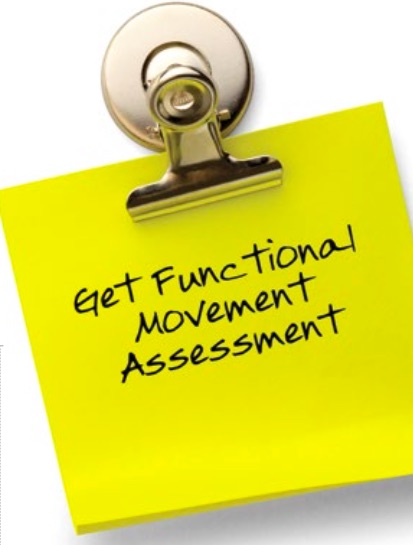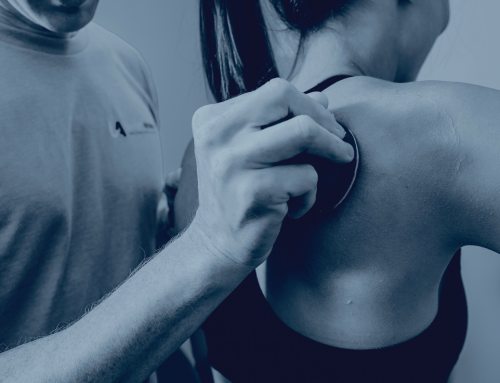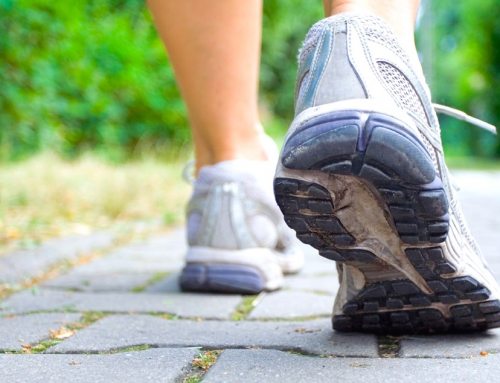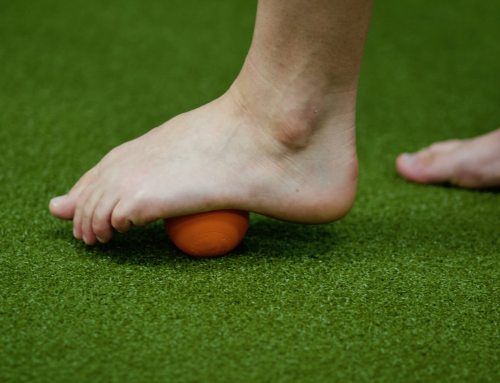By Brian Diaz
As the New Year wanes and spring starts creeping in with hints of warmer weather ahead, many of us hit the outdoors for the beautiful period when it’s not too hot to get out and do what we love to do. For some of us, that often means dropping the resistance training added in the winter to help build strength in the “off-season”, to make room for more running, cycling, paddling, hiking, or swimming.
While I realize most of us are strapped for time, I want to help you maximize your time so that your training has a focus, your workouts a purpose. For almost all of you, that simply means modifying your haphazard gym workout to follow the same path the rest of your diligently thought out and meticulously sculpted “program” is leading you down.
 The first question to ask is what are your weaknesses and strengths? I’m not talking about if your running is better than your biking or open water swim stronger than a pool swim, I’m talking about what physiologically is better at reproducing a pain-free and efficient movement (strength), and on the opposite end, what is hindering or creating an abnormal movement pattern that may eventually lead to injury (weakness).
The first question to ask is what are your weaknesses and strengths? I’m not talking about if your running is better than your biking or open water swim stronger than a pool swim, I’m talking about what physiologically is better at reproducing a pain-free and efficient movement (strength), and on the opposite end, what is hindering or creating an abnormal movement pattern that may eventually lead to injury (weakness).
These physiological differences can take many different shapes and come from several different sources. The most readily adaptable ones are muscular strength and stability, and soft tissue tension or mobility. One of my favorite things to do when I go to conferences or visit family and use a local gym pass is watch all the people working out. You can easily pick out the endurance athletes as they methodically go through their routines. Not only are they blending mobility with strength and muscular endurance (good thing, training for a reason), almost all of them are working on the glutes and some variation of hip extension and external rotation because they have been told by someone (or the Internet) that their glutes need to “fire” to get rid of discomfort “x” and/or to get stronger (might not be a good thing).
My point is, while some indeed need to be working on just that and maybe have been instructed on how to sequence muscular contractions for an end goal, for those that haven’t been properly evaluated, are you really training for a purpose?
My first suggestion is to actually take the time to be formally evaluated by a physical therapist or exercise physiologist and see what imbalances you may have. From there, we can determine how to maximize your time in the gym to accomplish your goals. Is contracting the glutes one of those things? If so, then how do we do that? Should a majority of the exercises be non-weight bearing if the activity that you are trying to improve IS weight bearing? Should you do equally as many sets on one side as the other? Should you stretch both sides equally as much if there is a muscle tension problem only on one side?
Often times the answers to those questions gives us more clarity on what we should and should not be spending our time on when we go to the gym. It fine-tunes our workouts maximizing efficiency and ultimately keeping you injury-free. Don’t just lump yourself in with what’s popular or generalized on the internet as “exercises runners should do”, take the time to get to know your own body better and train for a reason, train for a purpose, and 2017 will be your best year yet!
# # #
Brian Diaz is the head physical therapist and sports specialist at ActivEdge Fitness & Sports Performance. He is a Level II Certified TRX Suspension Trainer and a USA Triathlon Certified Coach. Follow him on Twitter (@JediTriathlete) or go to his website at ExperienceTheEdge.com for more exercise ideas.





